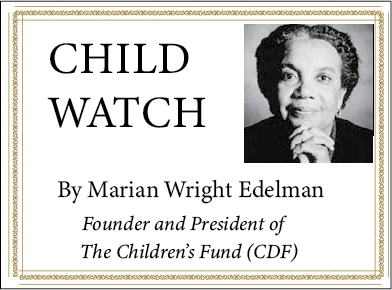by Jessica Quinn
On June 11, staff from the Washington, D.C. Office joined with thousands on the National Mall for yet another gathering organized by March for Our Lives. The tone of this rally was different from that in 2018. There were no celebrities making appearances—just speaker after speaker of students, parents, and community members all directly impacted by gun violence. The common thread in the voices of the speakers was rage. Rage that we were here yet again, that children were still dying, that Congress continued to absolutely fail to pass any sort of gun laws.
Standing in the crowd, I felt that rage. Rage towards a country and a government that lauds its claimed democracy and freedom while simultaneously stripping women and pregnant people of the rights to their own bodies, prioritizing profit over human life, and continuing to defend policies and procedures that uphold and reinforce white supremacy. I could see a similar rage in others, emphasized by signs that read statements like, “women’s bodies are more regulated than guns,” “I can’t believe we’re still debating this sh*t,” and “our children can’t be replaced, Congress can.”
There was also hope in the crowd that this time, things might be different. At the podium, David Hogg, a survivor of the 2018 shooting in Parkland, Florida, insisted that the NRA didn’t nearly have the power or resources they did before and that their influence on Congress is growing weaker. This message felt true when news came out the next day that a bipartisan group of senators had reached a compromise on a framework for gun safety legislation. The framework includes crucial components like helping states implement reg flag laws, closing the so-called boyfriend loophole, and an enhanced review process for those under 21 looking to purchase a gun. All common sense, key measures in the fight to end gun violence.
At a point during the event, a voice of the speakers informed those gathered that the program had reached its seventy-eighth minute: the amount of time it took for first responders to enter Robb Elementary School in Uvalde to stop the gunman. Gasps could be heard across the crowd. For seventy-eight minutes, parents in Uvalde were fighting to get to their children. Children were hiding, scared for their lives, and children were dying, waiting for medical attention that would not come in time.
The crowd quieted for a moment of silence to honor the victims when a counter-protester shouted what some thought sounded like “I have a gun” and attempted to charge the stage. What followed was mass panic. Some squatted with arms over head and neck, others jumped the barricade at the front looking for a faster escape, while most began to run. The incident was over in a moment. Organizers at the front urged everyone to be still and communicated that there was no immediate danger, but at that point, the damage had been done.
The crowd was a mix of weeping and consoling, shaking and nervous laughter. Some ran and did not turn back. Those that stayed looked to one another, nodding and checking in. I read later that gun violence survivors who had been asked to attend the event to speak and bear witness struggled, got sick, and shook, as they tried to settle their bodies from an all too real reminder of their past. The moment reminded us all that there is another feeling below the rage and hope, one of collective trauma and grief.
Those that stayed were lucky to hear from gun control activist X González, another survivor of the shooting in Parkland. “My PTSD has me feeling suicidal thoughts that I manage to very positive turn towards anger instead, and that’s what I’m doing here today,” they said. González’s anger was infectious—we were all eager for a way to channel the nervous energy still buzzing in our bodies. They wrapped up their speech by speaking directly to Congress, “You want to be helpful, you want to make this world a better place, Congress? There’s one thing that you in the office can take from this speech, PASS THE F**K$NG GUN LAWS!”




